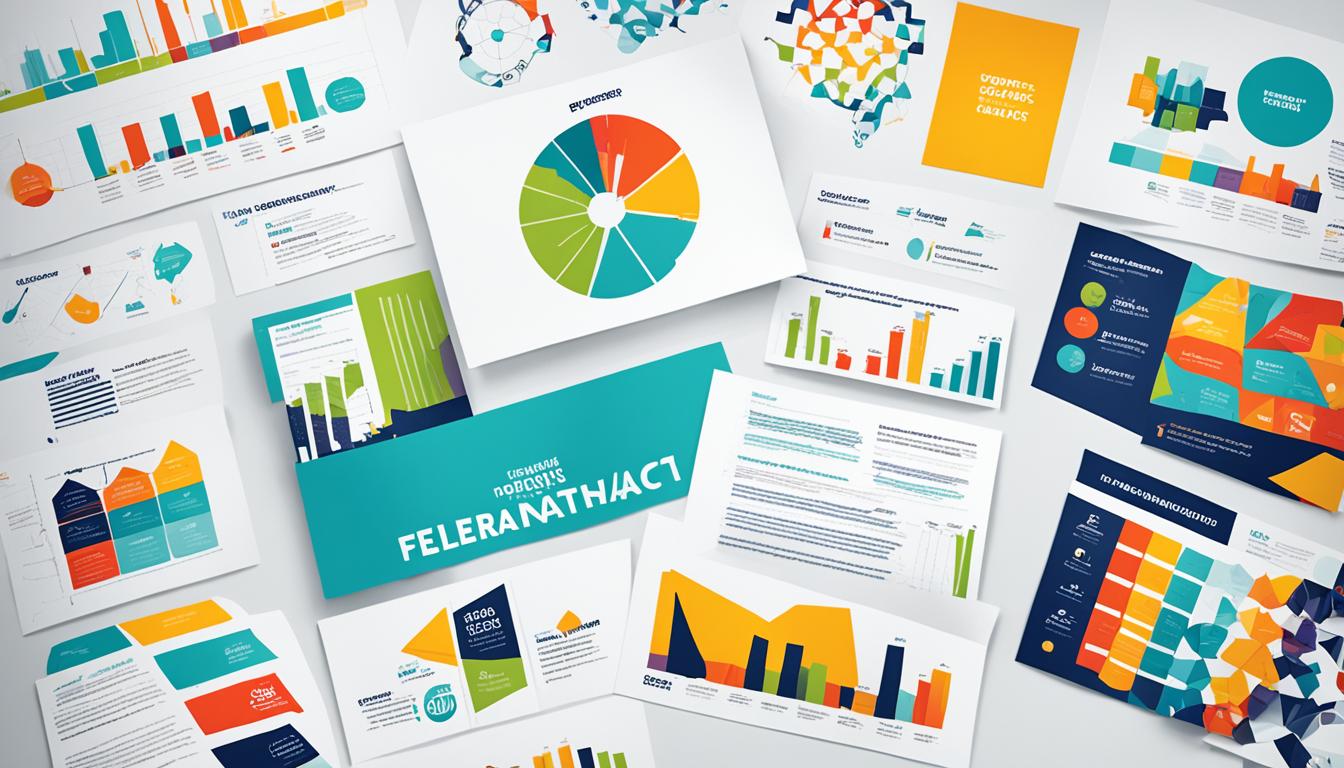To conduct an audience and content audit for email success, start by analyzing your current subscriber data to identify gaps, trends, and opportunities. Segment your list based on demographics and behaviors to better target your messages. Review past campaigns to spot what performs well and what doesn’t, then personalize content to boost engagement. Make certain your messaging is clear, consistent, and optimized for mobile. Keep refining based on results—you’ll uncover key insights to elevate your email strategy.
Key Takeaways
- Analyze audience segments to identify target group needs, preferences, and behaviors for tailored messaging.
- Review current email content for relevance, clarity, brand alignment, and performance metrics.
- Segment your email list based on demographics and engagement to personalize and improve relevance.
- Use performance data to optimize subject lines, content, and CTAs for higher open and click-through rates.
- Ensure technical aspects like mobile-friendliness and design consistency support overall email effectiveness.

To achieve email marketing success, you need to understand who your audience is and evaluate the content you’re sending out. This begins with a thorough audience and content audit, which helps you identify gaps, opportunities, and areas for improvement. One of the most effective ways to connect with your subscribers is through segmentation strategies. By dividing your email list into targeted groups based on demographics, behaviors, or past interactions, you can craft messages that resonate more deeply. Segmentation strategies allow you to send relevant offers and information, increasing engagement and conversions. For example, if you notice a segment of subscribers frequently clicks on product updates, you can prioritize sending them personalized product announcements. This not only boosts open rates but also fosters loyalty because your audience feels understood and valued.
Content personalization plays an essential role in this process. Instead of generic messages, you tailor your content to match each segment’s preferences and needs. Personalization can be as simple as including the recipient’s name or as sophisticated as recommending products based on previous purchases. When your emails speak directly to individual interests, your audience is more likely to engage. During your audit, review your past campaigns to see what kind of personalized content performed best and where you might improve. Consider analyzing open and click-through rates to identify which messages struck a chord and which fell flat. Use this data to refine your approach, ensuring every email feels relevant and compelling.
As you evaluate your content, focus on consistency and clarity. Are your messages aligned with your brand voice? Do they clearly communicate value? Are your calls-to-action straightforward? An audit helps you eliminate outdated or underperforming content, replacing it with fresh, targeted material. Pay attention to the frequency and timing of your emails as well. Too many messages can lead to unsubscribes, while too few might cause your audience to forget about you. Use your audit insights to find the right balance. Additionally, understanding the horsepower of electric bikes can help tailor content for niche audiences interested in performance specs, ensuring your messaging is both relevant and engaging.
Lastly, ensure your content is mobile-friendly and visually appealing. Many subscribers access their emails on smartphones, so your content must render well on all devices. Test your emails across platforms and use insights from your audit to make adjustments. By continuously analyzing your audience data and refining your content through segmentation strategies and personalization, you’ll create more impactful campaigns that drive engagement, foster loyalty, and ultimately lead to email marketing success.
Frequently Asked Questions
How Often Should I Update My Email Audience Data?
You should update your email audience data at least every three to six months. Regularly review your list segmentation to guarantee your contacts are grouped correctly. If you notice inactivity, consider audience re-engagement strategies to reconnect with dormant subscribers. Keeping your data fresh helps improve engagement rates, reduce bounce rates, and ensures your content stays relevant to your audience’s interests. Staying proactive with updates is key to email marketing success.
What Tools Are Best for Analyzing Email Content Performance?
You should use tools like Mailchimp, HubSpot, or Constant Contact for analyzing email content performance. These platforms offer A/B testing features to compare subject lines and content variations, helping you identify what resonates best. They also provide detailed reports on open rates, click-through rates, and engagement metrics. By leveraging these tools, you can refine your email strategy, improve your subject line analysis, and boost overall campaign effectiveness.
How Do I Handle Inactive or Unresponsive Subscribers?
Think of inactive subscribers as dormant plants needing a little nurturing. You should handle them with re-engagement campaigns tailored through subscriber segmentation, offering personalized incentives or content. If they remain unresponsive after several attempts, it’s best to remove them from your list. This approach keeps your email list healthy, improves engagement rates, and guarantees your messages reach genuinely interested recipients.
What Metrics Indicate a Successful Content Audit?
You know your content audit is successful when segmentation strategies improve engagement, evidenced by higher open rates and click-through rates. Keep an eye on open rate analysis to gauge how well your content resonates with different segments. If these metrics show positive trends, it indicates your audit effectively refined your messaging. Consistent improvements in these areas mean your content aligns better with your audience’s preferences, boosting overall email marketing performance.
How Can I Personalize Content Based on Audit Insights?
You can personalize content by leveraging segmentation strategies to target specific audience groups effectively. Use your audit insights to identify preferences and behaviors, then tailor your messages accordingly. Incorporate personalized subject lines that resonate with each segment, increasing open rates. Continuously refine your approach based on engagement data, ensuring your content feels relevant and valuable, which boosts overall email success and fosters stronger customer relationships.
Conclusion
By conducting a thorough audience and content audit, you can boost your email effectiveness markedly. Did you know that segmented campaigns see a 760% increase in revenue? Regularly reviewing your audience and content guarantees your messages stay relevant and engaging. Keep refining your approach, and you’ll see better open rates, click-throughs, and conversions. Stay proactive, and your email marketing efforts will continue to grow stronger and more impactful over time.








